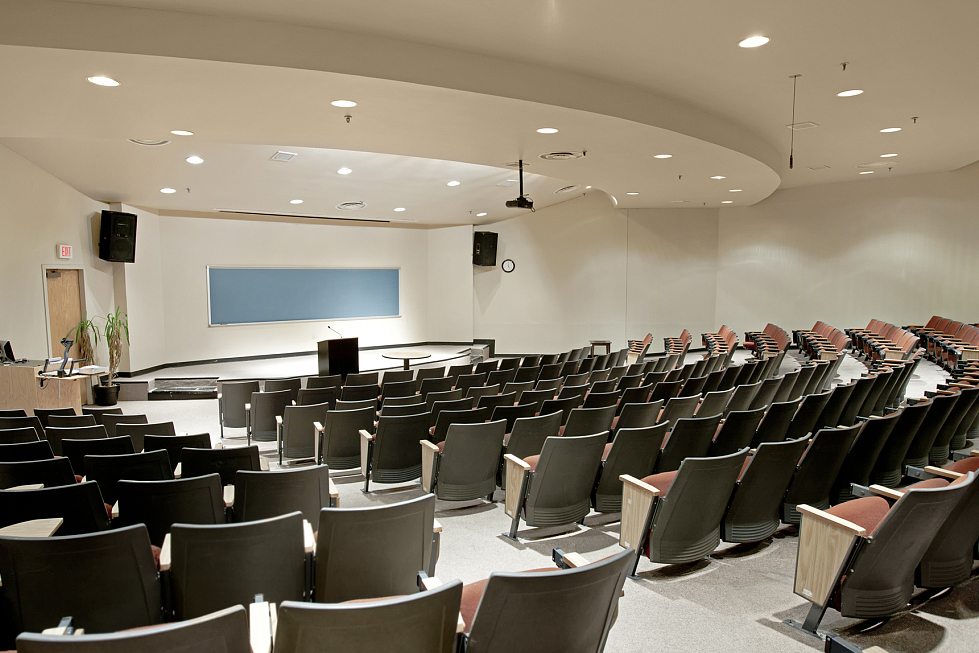Solutions
Power amplifier and speaker power configuration solution in public broadcasting
- Categories:Living Community
- Time of issue:2018-01-09 23:17
- Views:
(Summary description)0
Power amplifier and speaker power configuration solution in public broadcasting
(Summary description)0
- Categories:Living Community
- Time of issue:2018-01-09 23:17
- Views:
Information

There are many aspects involved in the configuration of amplifiers and speakers, such as the choice of power amplifier grades, power tube types, and which amplifiers should be configured for low-sensitivity speakers. The specific configuration of the amplifier and the speaker is generally related to the designer's experience, hobbies, listening habits and other factors, it is difficult to find a unified standard.
Sometimes we encounter some users or designers who often allocate smaller power amplifiers to save money. Some users also configure a large power amplifier for the so-called "power reserve". Obviously, this is not appropriate. Importantly, this configuration can cause damage to the device. In the power amplifier and speaker configuration, the power of the power amplifier is indeed the key, that is, the principle of determining the power of the power amplifier should be uniform.
As we all know, after the acoustic design of the hall, it is necessary to determine the power of the speaker according to a series of calculations, and then determine the power of the amplifier by the power of the speaker, but how can the best match between the two powers?
First, in the 20Hz~20kHz range of the human ear, the music signals that actually concentrate a lot of energy are generally in the middle, low, and frequency bands, while the high-band energy is only equivalent to 1/10 of the energy in the middle and low frequency bands. Therefore, the power loss of the general speaker treble is much lower than that of the woofer, in order to balance the high and low sounds; and the power amplifier is like a current modulator, under the control of the input audio signal, the output current of different magnitude is given to the speaker, so that the size occurs. Different sounds, under certain impedance conditions, it is very easy to make the output of the power amplifier with a nominal power of 200W reach 400W or several times, but the distortion of the power amplifier (THD) will be greatly increased. The high-frequency harmonics in the medium and low-frequency signals, the greater the distortion, the higher the high-frequency harmonic energy, and these high-frequency distortion signals will enter the high-pitched head along with the high-frequency music signal, which is why the low-power amplifier pushes Large speakers can cause a high-pitched head. In the concept of many people, as long as the power of the amplifier is large, it is possible to burn the speaker. Although some amplifiers do not have a distortion indication, since the device configuration is inherently insufficient, distortion may occur during use, and the distortion indication has lost its meaning. Moreover, due to the user's experience and quality limitations, the distortion of the amplifier is often overlooked.
Secondly, the power configuration of the amplifier and the speaker also has a certain relationship with the target loudness and the occasions used. Under a certain target loudness, the dynamics of the music signal should be fully guaranteed on each piece of equipment. If the power of the power amplifier is too large, the gain setting is small, the loudness has reached the requirement, but the gain of the power amplifier is limited. The dynamic range of the signal. Therefore, the power of the amplifier should not be too large; otherwise, if the waste is wasted, it will bring troubles that the loudness and music dynamics cannot be balanced and the speaker is overloaded. According to past experience, there are differences between general language, music amplification venues and large dynamic discos. Generally, the signal of the general sound reinforcement area is small and undulating. It does not need the power amplifier to provide a large current to the speaker for a long time or quickly, so the power of the power amplifier should be smaller than the power of the large dynamic sound reinforcement place requiring strong power; in addition, the so-called "power reserve" "It should also be noted for the speaker. It is worth noting that the selection of the amplifier must be determined by the speaker. There should be no concept of "power reserve" to configure the amplifier.
In other words, under a certain target loudness, the speaker can be larger than the design value for different purposes, and the power of the amplifier should be strictly determined by the speaker, without much flexibility. In short, the specific standard of power amplifier and speaker power configuration should be: under certain impedance conditions, the power of the amplifier should be greater than the power of the speaker, but not too large. The undistortion rate of the amplifier in general application places should be about 1.2-1.5 times of the rated power of the speaker; in the case of large dynamics, it should be about 1.5-2 times. With reference to this standard, since it can ensure that the amplifier is working in the best condition and can ensure the safety of the speaker, even for the inexperienced operator, as long as it is not a serious operation error or improper adjustment of the peripheral equipment, The speakers and amplifiers are working in a steady state.
点击图标下载 App
Scan the QR code to read on your phone
Previous:
None
Previous:
None

OBT WeChat

OBT Mobile Website
Copyright © Shenzhen OBTPA Technology Co.,Ltd. 粤ICP备18028288号


